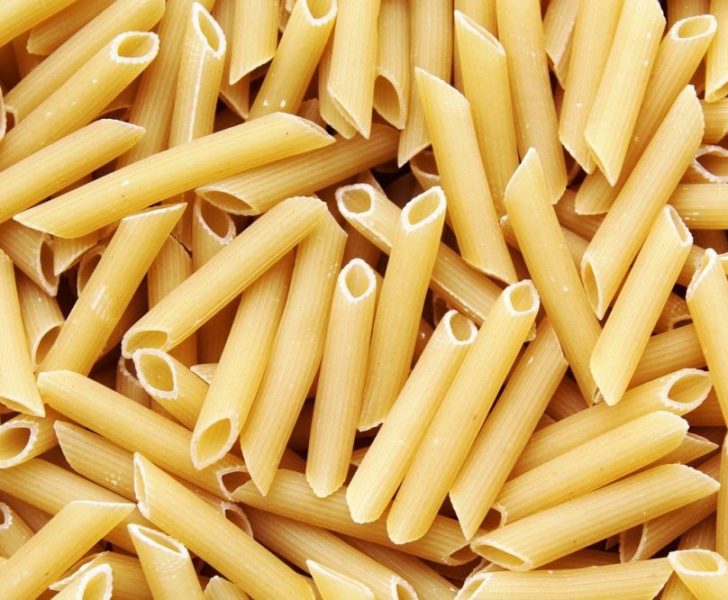Protein Diet: A Comprehensive Guide to Understanding, Measuring, and Comparing Different Types

Introduction:
Protein diet has gained significant attention in the world of nutrition and fitness due to its potential benefits for weight loss, muscle building, and overall health. In this article, we will provide an in-depth overview of the protein diet, including its definition, types, popularity, and various quantitative measurements. Additionally, we will explore how different protein diets differ from one another and delve into the historical pros and cons associated with these diets.
Understanding the Protein Diet

The protein diet, also known as a high-protein diet, is a dietary approach that emphasizes consuming a higher proportion of protein-rich foods compared to carbohydrates and fats. The primary purpose of this diet is to promote weight loss and preserve or build lean muscle mass. Unlike other low-calorie diets, the focus here is on maintaining a high protein intake while restricting carbohydrates and fats.
Presentation of Protein Diet Types
1. Traditional Protein Diet:
– This type of protein diet advocates for consuming lean meats, poultry, fish, eggs, and dairy products as the main sources of protein.
– It typically restricts carbohydrate-rich foods like bread, pasta, and rice, as well as fatty foods.
– Popular variations of the traditional protein diet include the Atkins diet and the Paleo diet.
2. Plant-Based Protein Diet:
– Plant-based protein diets emphasize obtaining protein from vegetarian sources such as legumes, nuts, seeds, and plant-based protein powders.
– They may also include a limited amount of animal protein or eliminate it altogether.
– Examples of plant-based protein diets include the Mediterranean diet and the vegetarian diet.
3. Protein Supplementation Diet:
– This type of protein diet involves incorporating protein supplements like protein shakes, bars, or powders to meet daily protein requirements.
– It allows for flexibility in meal planning while ensuring an adequate protein intake.
– Popular protein supplementation diets include the Zone diet and the Dukan diet.
Quantitative Measurements of Protein Diet
To determine the effectiveness and potential risks associated with protein diets, several quantitative measurements need to be considered:
1. Recommended Daily Protein Intake:
– The general recommendation for protein intake is around 0.8 grams per kilogram of body weight, but protein diets often exceed this amount.
– Athletes, bodybuilders, and individuals looking to lose weight may increase their protein intake to 1.2-2 grams per kilogram of body weight.
– However, exceeding this range may pose health risks in the long term.
2. Protein-to-Carb Ratio:
– Protein diets often restrict carbohydrate consumption, which can affect energy levels and overall nutritional balance.
– The ratio between protein and carbohydrates can vary across different protein diets, and finding an appropriate balance is crucial.
3. Impact on Metabolism:
– Protein has a higher thermic effect than carbohydrates or fats, meaning it increases calorie expenditure during digestion and absorption.
– Protein diets may potentially boost metabolism and promote satiety, aiding in weight loss.
Comparing Different Protein Diets
While all protein diets share the common goal of increasing protein intake, they differ in various aspects:
1. Macronutrient Composition:
– Different protein diets have distinct ratios of protein, carbohydrates, and fats.
– Some prioritize high fat intake (e.g., Atkins diet), while others focus on moderate fat consumption (e.g., Mediterranean diet).
2. Sustainability and Long-Term Adherence:
– The ability to sustain a protein diet in the long term is crucial for achieving lasting health benefits.
– Plant-based protein diets often have higher sustainability rates compared to restrictive diets like the Atkins diet.
Historical Pros and Cons of Protein Diets
Understanding the historical context of protein diets further highlights their benefits and drawbacks:
1. Pros:
– Protein is essential for muscle synthesis, repair, and growth, making it crucial for athletes and individuals seeking to enhance body composition.
– High-protein diets may promote satiety and reduce hunger, potentially aiding in weight loss.
– Protein-rich foods provide essential nutrients such as vitamins, minerals, and amino acids.
2. Cons:
– Excessive protein intake can strain the kidneys and liver, especially when paired with inadequate hydration.
– Restrictive protein diets may lead to nutrient deficiencies, such as a lack of fiber or certain vitamins and minerals.
– Long-term adherence to protein diets can be challenging due to limited food choices and potential social restrictions.
Conclusion:
Protein diets offer a variety of options for individuals seeking to improve their health, lose weight, or build muscle mass. Understanding the different types of protein diets, quantitative measurements, and historical pros and cons is crucial for making informed dietary choices. It is essential to consult with a healthcare professional or registered dietitian before starting any restrictive diet to ensure nutritional adequacy and overall well-being.











